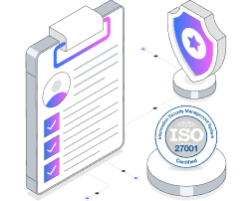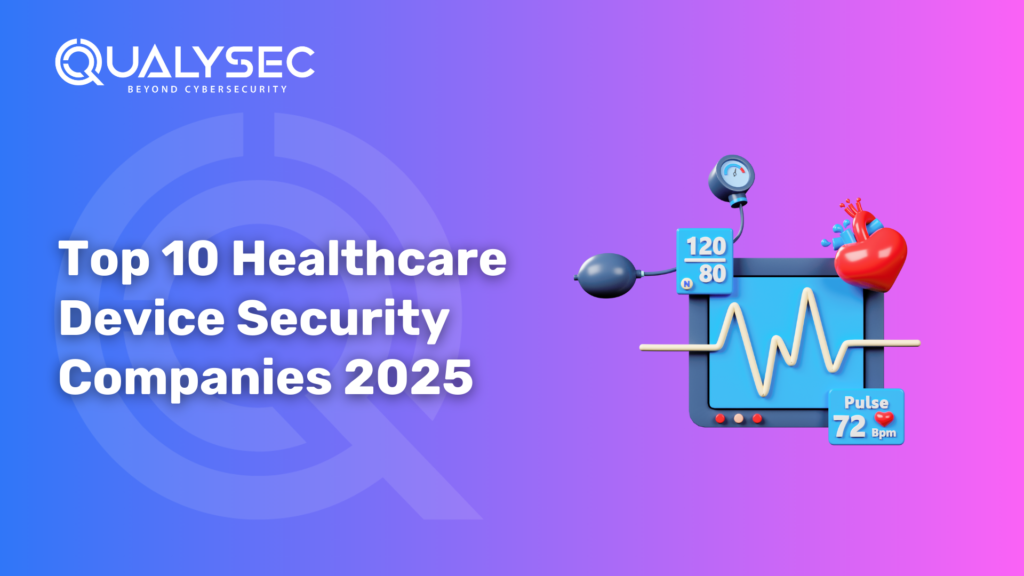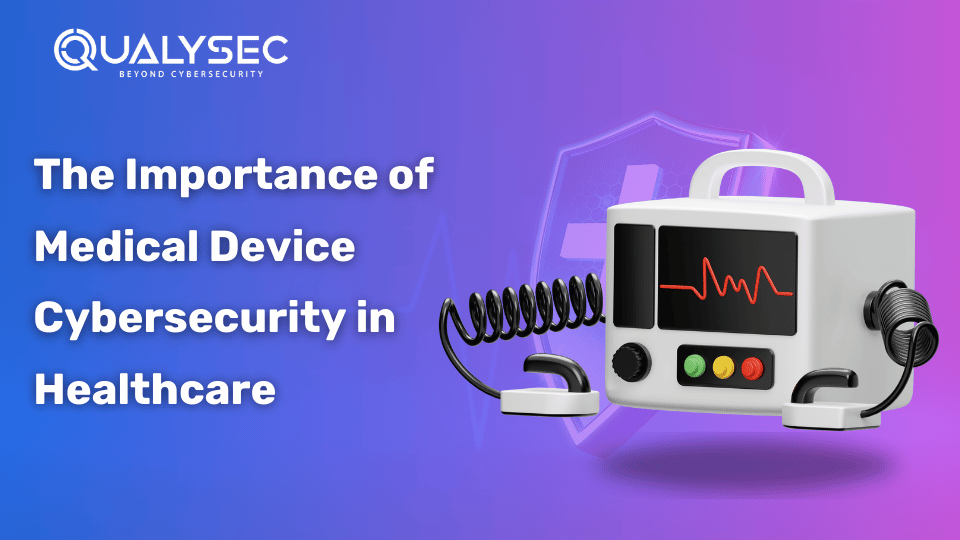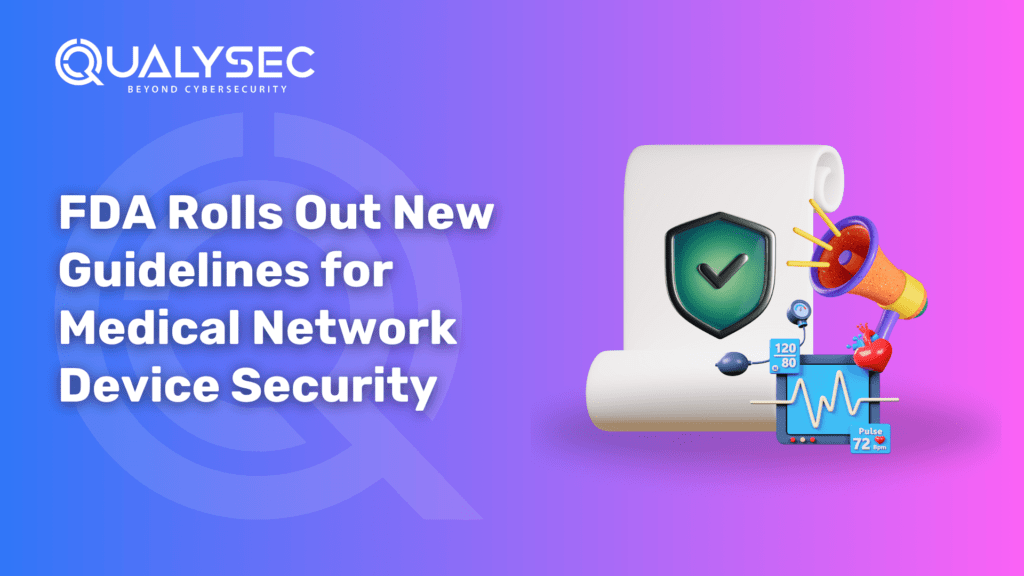Top 10 Healthcare Device Security Companies 2025
With the development of healthcare technology, there are new things to consider concerning patient safety, data security, and medical technology usability. Healthcare Device Security Companies, administrators, and policymakers must face, recognize, and understand these health IT challenges so that they can deal with the risks appropriately and promote safety in healthcare. In this blog, we will find out the top 10 Healthcare Device security Companies in 2025, identify the risks associated with healthcare technologies, and understand how to best evaluate the companies in selecting the right cybersecurity program. Risks with AI-Enabled Health Technologies Artificial Intelligence (AI) is increasingly used in the fields of diagnosis and treatment planning in health and patient care processes. These are AI-based systems developed to analyze and mine huge numbers of patient records and point out specific patterns in the data to support better medical decision-making. However, such systems rely upon the quality and completeness of these data; otherwise, they can be unreliable and inaccurate. The major issue with health technologies empowered by AI is the bias, misdiagnosis, and opacity associated with them. In case the training data used by AI models is incomplete or biased, it might result in wrong predictions, ultimately yielding improper recommendations for treatment. For instance, research carried out by the University of Michigan established that there was proof Black patients were 4.5% less likely to undergo medical tests for ailments than white patients with similar age, sex, medical symptoms, and triage level due to discriminatory training in the AI. AI systems will also be afflicted by “hallucinations” when the program generates untrue or misleading responses. AI will also have the challenge of varying its outputs in the face of new data or situations, producing shifting patterns in performance over time. Clinicians can also disproportionately trust AI findings without thoroughly recognizing the reasoning they use, expanding the likelihood of mistakes. To reduce these risks, human decision-making should remain at the center of healthcare processes: Unmet Technology Support Needs for Home Care Patients The switch to home health care has captured the spotlight with the patient’s voice strongly favoring it over hospital-based care, further driven by cost containment in health care. Many patients now manage their chronic conditions or make recovery from a procedure at home with medical device security like ventilators externally worn dialysis machines, or infusion pumps. Nonetheless, there is a great risk of an unaddressed challenge concerning the use of health IT in patient care at home due to inadequate technological provision. Patients and caregivers may struggle to set up or operate medical devices correctly, leading to medical errors and adverse events going undetected or device readings being misinterpreted. One study found that out of 606 incidents associated with infusion devices in private homes, 278 involved device malfunctions, 87 involved incorrect dosage administrations, 56 involved devices being programmed incorrectly, and 42 involved devices being set up incorrectly. Devices may also malfunction, causing care delays or patient harm. Additionally, technical malfunctions may go unresolved due to insufficient access to expert support. To use these devices safely, patients and caregivers must manage healthcare technology appropriately, including: What Makes a Strong Healthcare Cybersecurity Company? Most healthcare organizations will benefit from working with a cybersecurity solution vendor or managed security services provider (MSSP) to acquire the necessary capabilities for defending against today’s threats. What should your organization look for in a cybersecurity company? Look for firms that can assist you in addressing the most critical areas of data protection, access management, and risk detection. Where possible, identify one organization capable of serving all three requirements so that you can eliminate the complication of working with multiple vendors. In your assessment process, incorporate companies that provide 24/7 monitoring and incident response features. Attacks may occur at any moment, and they may grow quickly. You require a means of detecting and responding to attacks quickly. A cybersecurity provider’s solutions and services must also integrate seamlessly with your current IT infrastructure, either on-premises or in the cloud. Few healthcare organizations have the time or resources to do custom integrations or completely revamp their environment to fit new security features. Notably, look for a firm that specializes in healthcare device penetration testing experience. The firm’s employees must realize the need for HIPAA compliance. They should also know about what is new and growing, including threats to medical equipment and devices, so they can assist you better in preparing your organization. If your company is going for HITRUST Common Security Framework (CSF) certification, you’ll need to get a cybersecurity firm that can aid you in this endeavor. It can be time- and effort-intensive to gain HITRUST certification; you can simplify the process by collaborating with a knowledgeable partner. Top 10 Healthcare Device Security Companies 2025 Although there are many healthcare cybersecurity firms in the market, comparatively fewer can serve the needs of healthcare firms. A few of the top firms in that sector are: Latest Penetration Testing Report Download 1. Qualysec Qualysec helps in maintaining a safe and legal digital environment. They provide a specialized service that guarantees regulatory compliance and protects the privacy of patient data. This is essential for preserving patient confidence and ensuring that medical operations run smoothly. 2. CrowdStrike’s AI-driven platforms and features for security in healthcare include advanced endpoint protection, managed detection and response, IoT and IoMT protection, and incident response services in the areas of network security, cloud security, and security operations solutions, used by healthcare entities to lessen downtime from service interruptions. 3. Palo Alto Networks Palo Alto Networks assists healthcare organizations in reducing incident-induced service downtime by offering solutions in network security, cloud security, and security operations. 4. GE HealthCare seamlessly integrates security into its product line and offers consulting and managed monitoring services to protect devices, systems, and data. 5. Check Point It provides integrated healthcare security solutions with unified threat prevention on networks, cloud environments, mobile endpoints, and IoT devices. 6. CyberArk CyberArk is an






